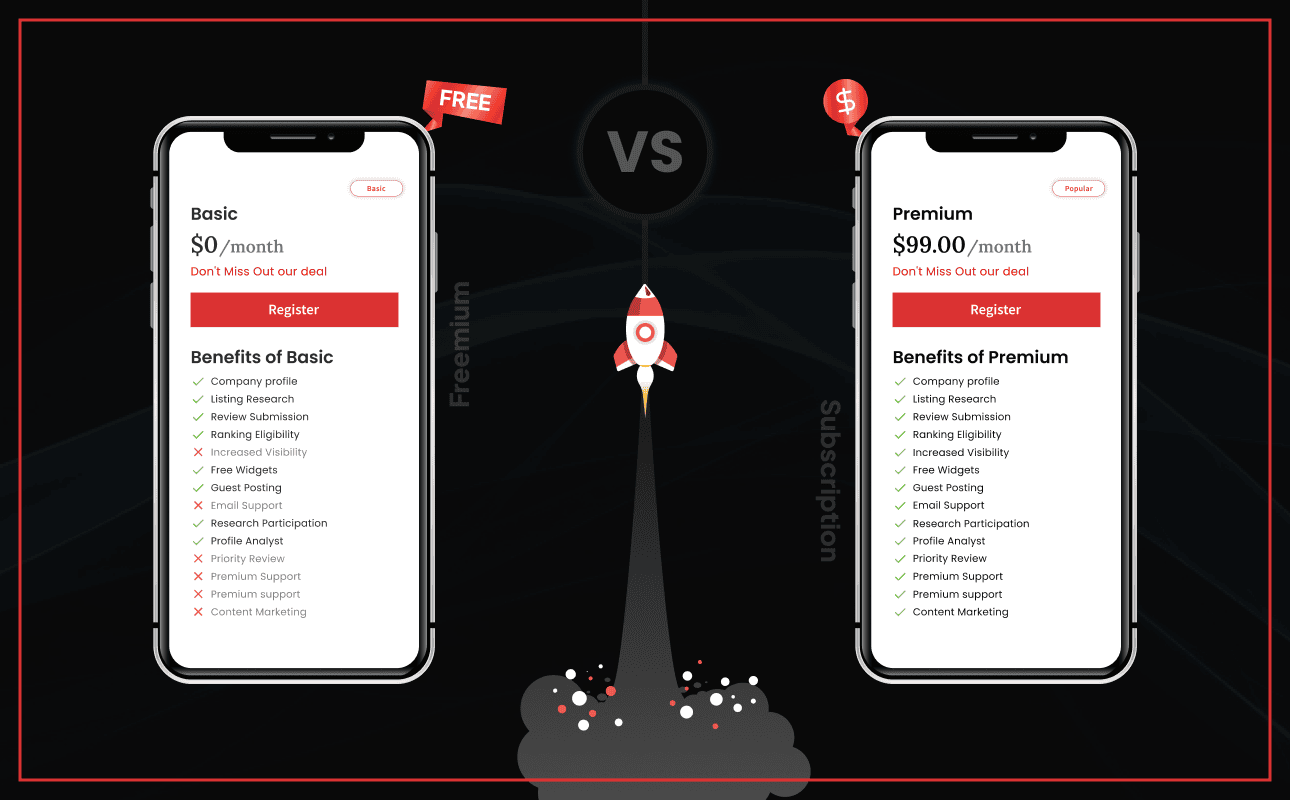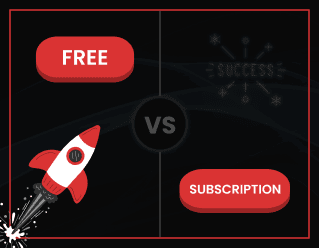The key to generating revenue from a well-crafted web or mobile app platform for your business is to implement an app monetization strategy. As a two-decade-experienced web app and mobile app development company, we know that these revenue-generating models could be crucial for an app’s sustainability.
Considering startups, this debate about freemium vs. subscription-based apps becomes more important than ever. But why is it so? Let’s find out.





